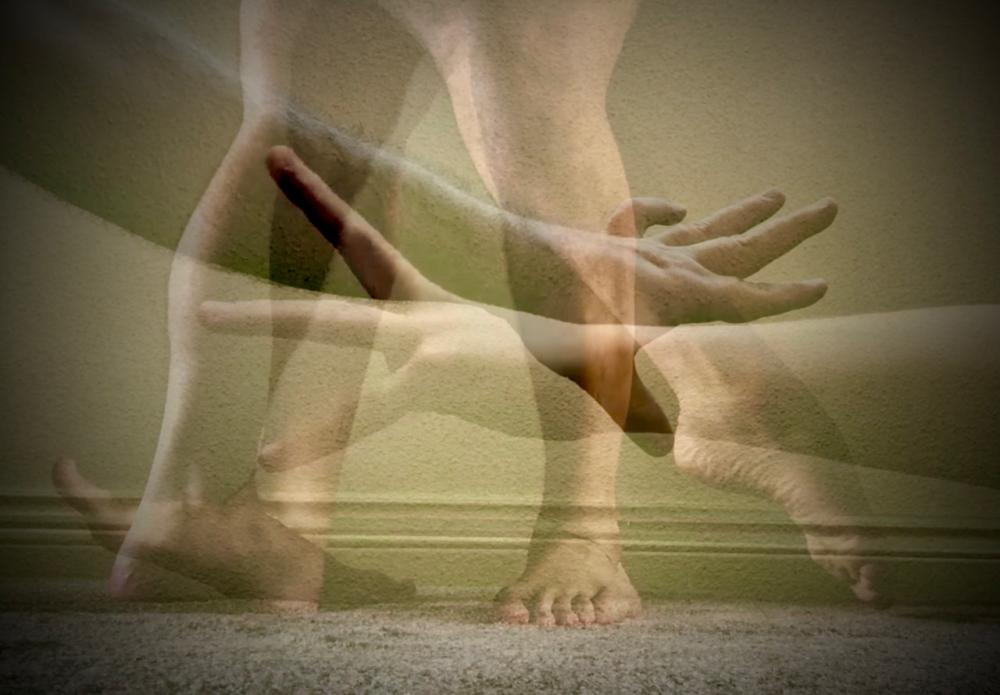13 days until #DanceWeekend21! Meet Louis Laberge-Côté and Michael Caldwell: Toronto-based dance artists and life partners who occasionally explore their choreographic ideas collaboratively. Their short film Good morning, good night was concived during the pandemic and aims to share various conflicting sensations experienced while in lockdown. Tune in Apr 30 to watch the film and meet the pair, virtually! #ComeDanceWithUs Read more here:
Can you tell us little bit about yourself/your company/collective/school?
Life partners Louis Laberge-Côté and Michael Caldwell are two Toronto-based dance artists who occasionally explore their choreographic ideas collaboratively.
What will you be sharing at DanceWeekend’21?
Good morning, good night, is a short dance film originally commissioned by Kaeja d’Dance for Porch View Dance 2020 – Online. The work aims to share various conflicting sensations experienced while in lockdown — spaciousness and confinement, clarity and haziness, familiarity and unknowingness, tranquillity and busyness, fleetingness and perpetuity, connectivity and isolation, buoyancy and depression. The creative process involved several intriguing questions and challenges: How might the senses of time and space be manipulated so that they both feel expanded and condensed simultaneously? How might we create a world that is equally comforting as it is disturbing? How might we non-verbally yet effectively express ambiguous inner physical sensations through a digital platform? Initially commissioned by Kaeja d’Dance for Porch View Dances, the work premiered at the 2020 Online edition of the festival.
What interests about film as a medium and how does if differ from a live performance?
In comparison with live performance, film has its own set of strengths and challenges. The bodily, energetic, in-the-moment aspects of live performance are compromised on digital platforms. However, film offers a more extensive range of options with compositional elements, particularly regarding the arrangement of visuals: viewpoint, frame, colours, depth, special effects, sequencing, among others. These options bring up interesting questions around choreographic structure, perspective, and relationship to audiences.
How has the pandemic shifted your work as a professional dance artist?
Shifting from the studio to a digital platform deeply impacted our practice, whether it be rehearsing, creating, performing, teaching, or training. Without the immediacy of physical presence and non-verbal communication — such a primordial mode of transmission in dance — we had to rely mostly on spoken words to express not only ideas but sensations. While there is a heightened sense of clarity from this approach, we both miss the energy, intimacy and magic that often permeate shared physical experiences. Interestingly, while we appreciate the discoveries made over the past months, we have a renewed faith in studio practice, live performance, non-verbal communication, and bodily wisdom.
Please share what you are most looking forward to at Dance Ontario’s first virtual DanceWeekend?
Witnessing the creativity, artistry, and resilience of the Ontario dance community through these difficult times.
In 1 or 2 sentences, what does dance mean to you?
Made of breathing flesh, fluid bones, and pounding heartbeats, dance is the moving language of the body. By transcending cerebral understanding, dance has the power to transform who we are, reshape our perceptions, and bring us all closer together.
